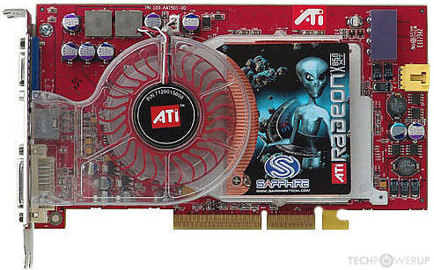hunterjwizzard
Veteran Member
- Joined
- Mar 20, 2020
- Messages
- 2,293
Dumb question but how important is AGP compatibility?
I found a GeForce 6600 AGP recently. It has windows 98 drivers. I want to shove it in a 550mhz PIII Dell XPS T450 from my collection. The 6600 uses an external molex power source.
Before I do this, is it a mistake?
I found a GeForce 6600 AGP recently. It has windows 98 drivers. I want to shove it in a 550mhz PIII Dell XPS T450 from my collection. The 6600 uses an external molex power source.
Before I do this, is it a mistake?




